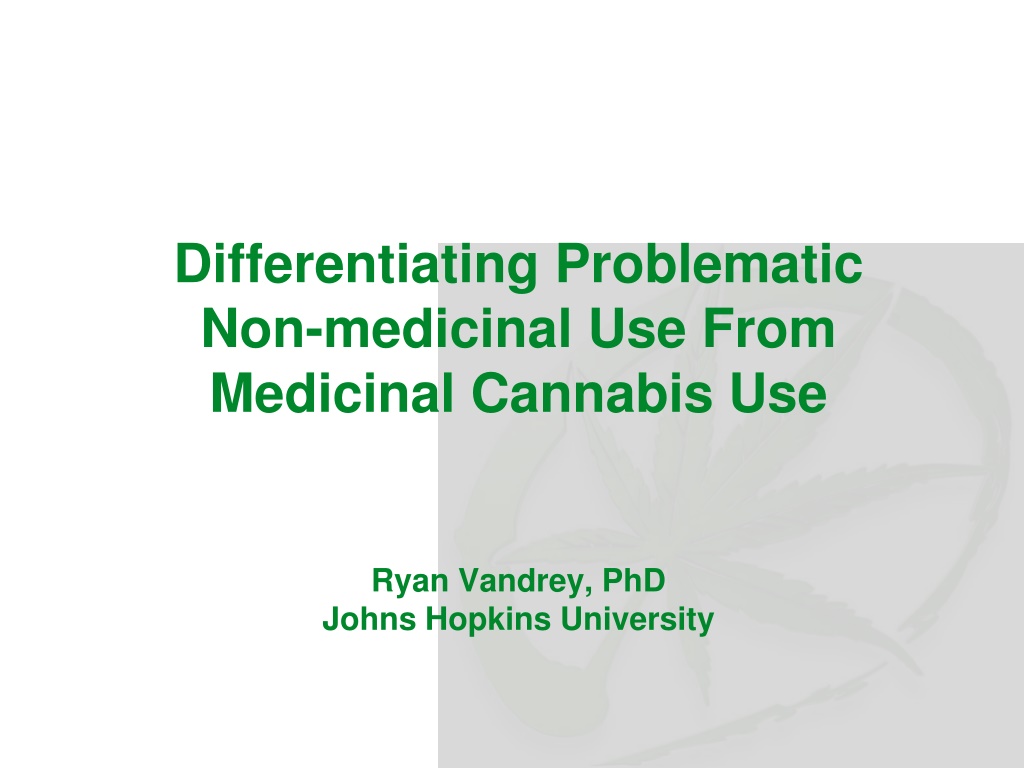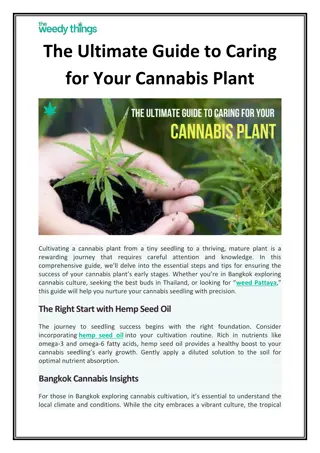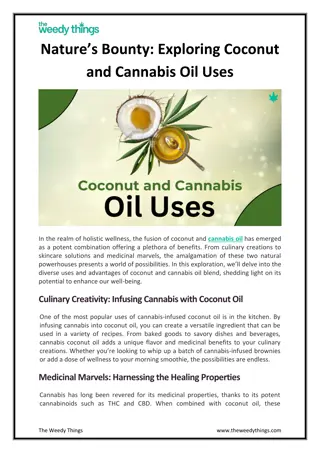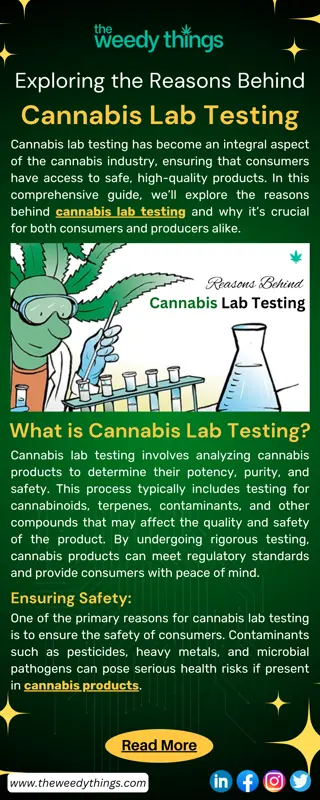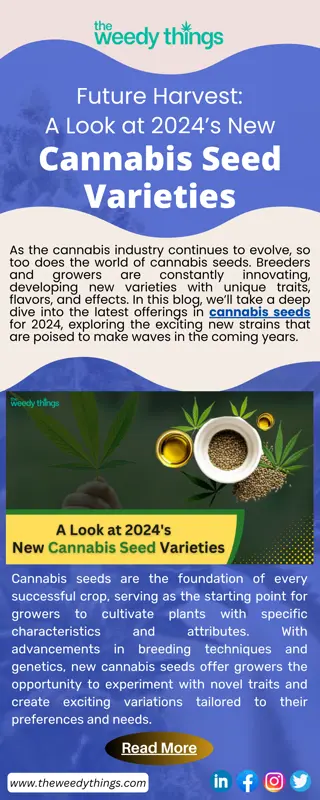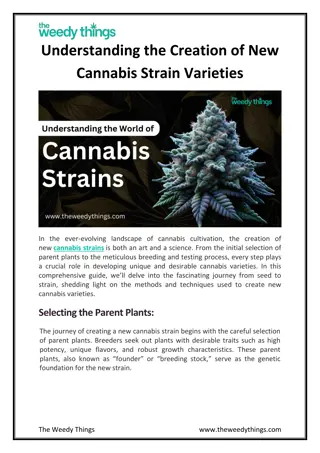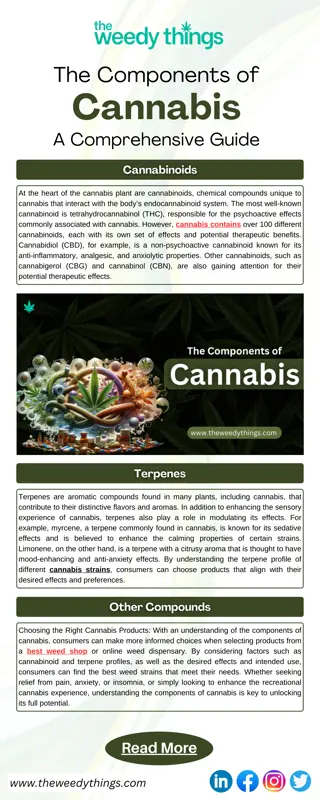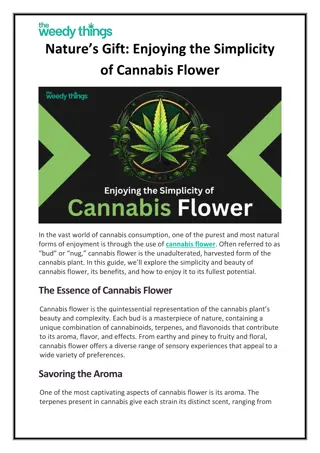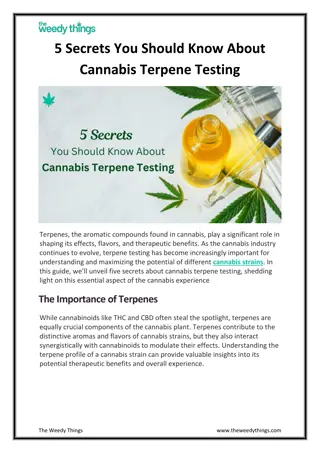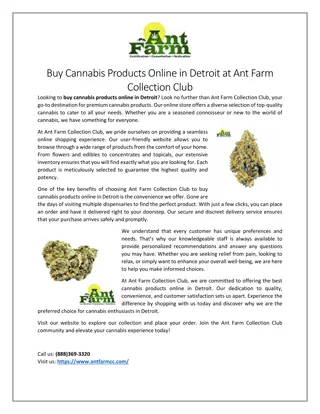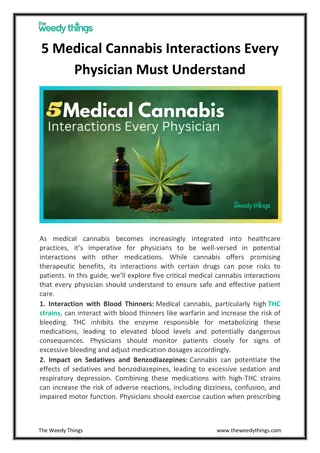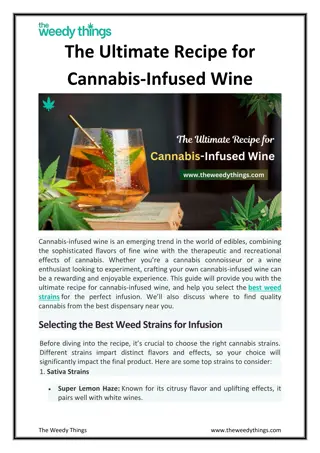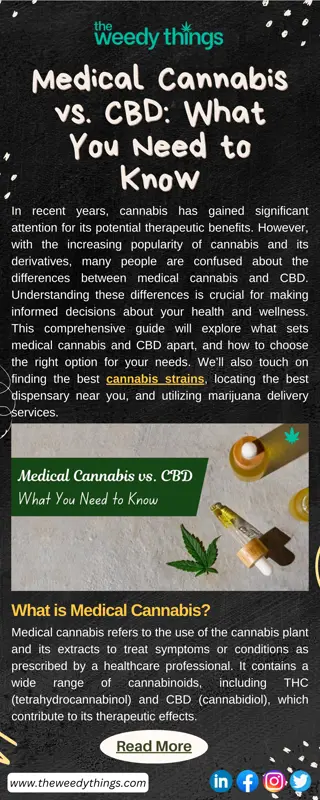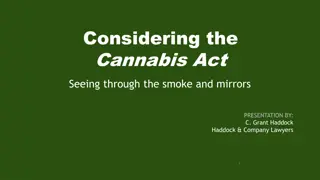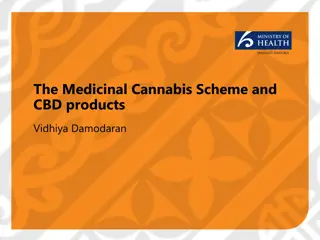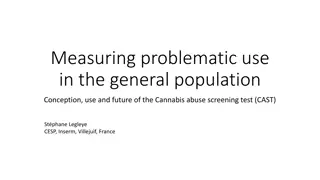Understanding Problematic vs. Medicinal Cannabis Use
Cannabis presents a unique case of transitioning from illicit to legal status, highlighting the importance of distinguishing between problematic non-medicinal and medicinal use. Despite availability and changing laws, there's a risk of transitioning from medicinal to problematic use, necessitating careful evaluation and intervention through various criteria and measures.
Download Presentation

Please find below an Image/Link to download the presentation.
The content on the website is provided AS IS for your information and personal use only. It may not be sold, licensed, or shared on other websites without obtaining consent from the author. Download presentation by click this link. If you encounter any issues during the download, it is possible that the publisher has removed the file from their server.
E N D
Presentation Transcript
Differentiating Problematic Non-medicinal Use From Medicinal Cannabis Use Ryan Vandrey, PhD Johns Hopkins University
Importance of Nomenclature Cannabis is rare example of a substance moving from illicit to licit status Only example where traditional drug development has been circumvented Cannabis still cannot be prescribed Many pharma examples show us that medicinal use can become problematic and transition to non-medicinal problematic use Thus, medicinal use does not mean non- problematic
Current State Laws D D D D D D D D D D D D D D
Versus Versus
Legal Cannabis Availability 62% of current workforce lives in a state where medical use of cannabis is legal 21% lives in a state where adult non-medical use of cannabis is legal Rates of use are higher in states where cannabis is legal vs. those where it is not Given the recency of widespread adoption and rapid change in cultural attitudes towards cannabis, it will take years to unravel risk of transitioning from medicinal use to problematic use
Problematic Use Important In: Workplace evaluation Epidemiological assessment of treatment need and disease burden Medical screening and brief intervention Criminal justice cases Early intervention CUD treatment assessment and outcomes
CUD Criteria Tolerance Withdrawal Craving Loss of controlled use Desire to, or inability to reduce/quit Lots of time spent in drug use activities Interferes with other important activities Use continues despite causing or worsening health/social problems
Measures of Problematic Use Addiction Severity Index (ASI) Cannabis Problems Questionnaire (CPQ) Cannabis and Substance Use Assessment Schedule (CASUAS) Cannabis Use Disorder Identification Test (CUDIT)** Cannabis Use Problems Identification Test (CUPIT) Clinical Global Impression (CGI) Drug Abuse Screening Test (DAST) Marijuana Dependence Scale (MDS) Marijuana Problem Scale (MPS) DSM criteria (SCID, CIDI, GAIN, ADI-L, VSDI) Severity of Dependence Scale (SDS)
Measure Characteristics Frequency/amount of use Timing of use Adverse consequences Desire/attempts to quit Psychosocial troubles Craving Functioning Mood Cost Legal issues Health Motivation Social interaction
Key Issues No prescribed medicinal cannabis use guidelines for any health condition Medicinal use may be recommended in cases where it is not warranted Medicinal use can occur without a physician, in a state without a medicinal cannabis program, and/or with illicit cannabis Medicinal users may consume cannabis in circumstances that are for pleasure only - Different dose, product type, route
Key Issues Tolerance and withdrawal can develop within medicinal use context Difference between craving and medicinal need? Difficult to disentangle medicinal from non- medicinal use in a single instance Both circumstances can exist for the same individual, even at the same time Self-attribution for this is not reliable/valid Adversity may be policy/culturally driven
Key Issues Legality may interfere with desire/attempts to quit, or ability to function without Unbalanced assessment of risk and benefit (only risk) Variable social context impact (e.g. negative urine needed to get a job in some places and not others) Reliance on self-report (under reporting)
Key Issues Frequency of use, timing of use and monetary expenditure are key components in several measures, for which valid medicinal use would artificially inflate scores Other content not necessarily exclusive to cannabis use included (e.g. depression, self- care/worth) Factor analyses for the CUDIT-R, validated across several studies, did not hold up in a study of medicinal users (Loflin et al., 2017) K
Budney Data Set: Use past 30 daysday Cannabis Users Cannabis Users Medical Only Medical Only
Typical High Cannabis Users Cannabis Users Medical Only Medical Only
Reconciliation Dichotomization on medicinal use versus non-medicinal use seems uninformative Focus on DSM criteria rather than peripheral concerns not necessarily CUD related Emphasis on adverse consequences rather than frequency/timing of use Recognition that medicinal use can become problematic Must account for overall risk/benefit; adverse effects and negative psychosocial impact can occur within overall net gain
Next Steps Operationalizing medicinal use Evaluation of CUD measures across spectrum of cannabis users Shift to more global clinical assessments and/or quality of life outcomes Differential evaluation based on product: Cannabis vs. pharma; THC vs. CBD, etc. Route and dose specificity? Health condition specificity?
Open Discussion This is a quagmire, I don t have the answers
